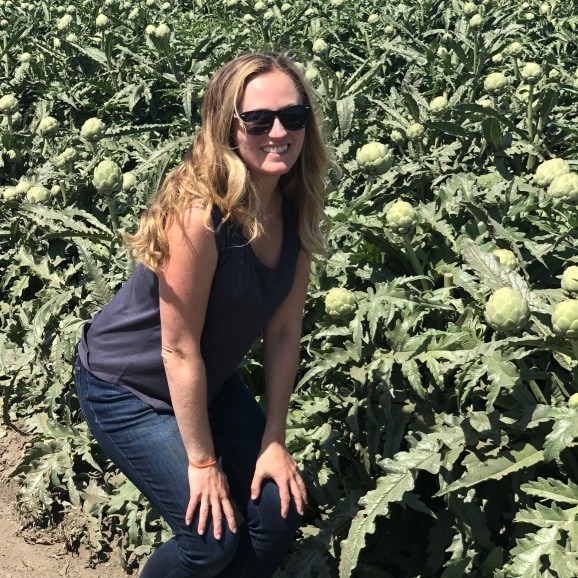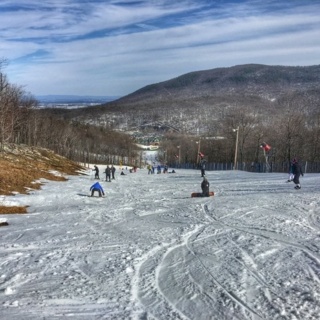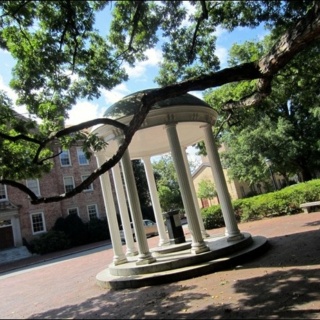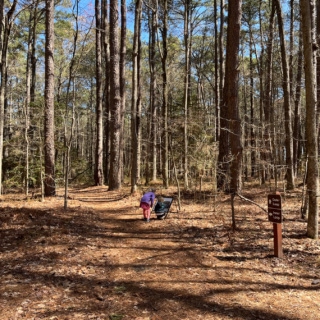I’m back with a recap from the press trip I attended last week in California, hosted by The Alliance for Food and Farming!
A huge thank you to them for having me on the trip, for sponsoring this post-event blog recap, and for covering my travel expenses.
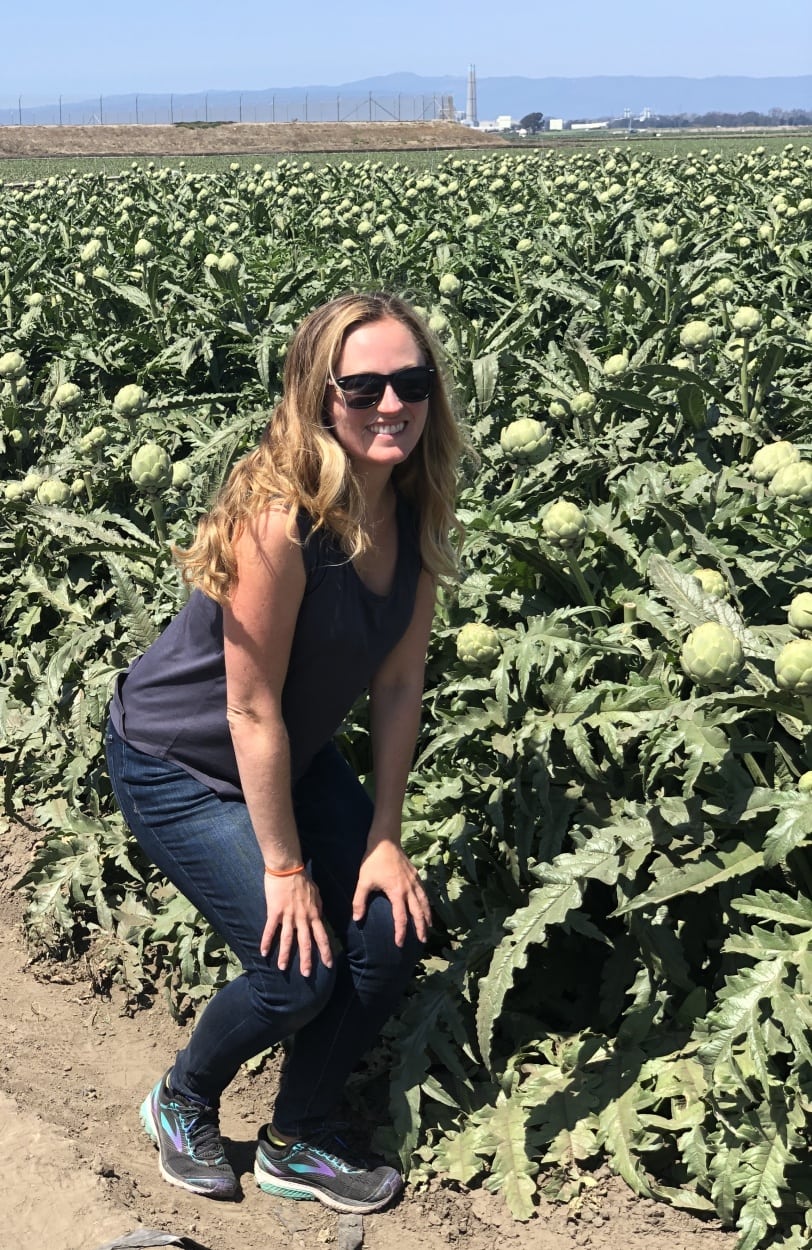
Want to save this post?
Enter your email below and get it sent straight to your inbox. Plus, I'll send you great content every week!
It had been awhile since I went on a press trip – I don’t accept many invitations these days due to not wanting to be away from the little one too often – but the combination of California + the topic of this one, “Facts not Fears”, sounded worth the trip.
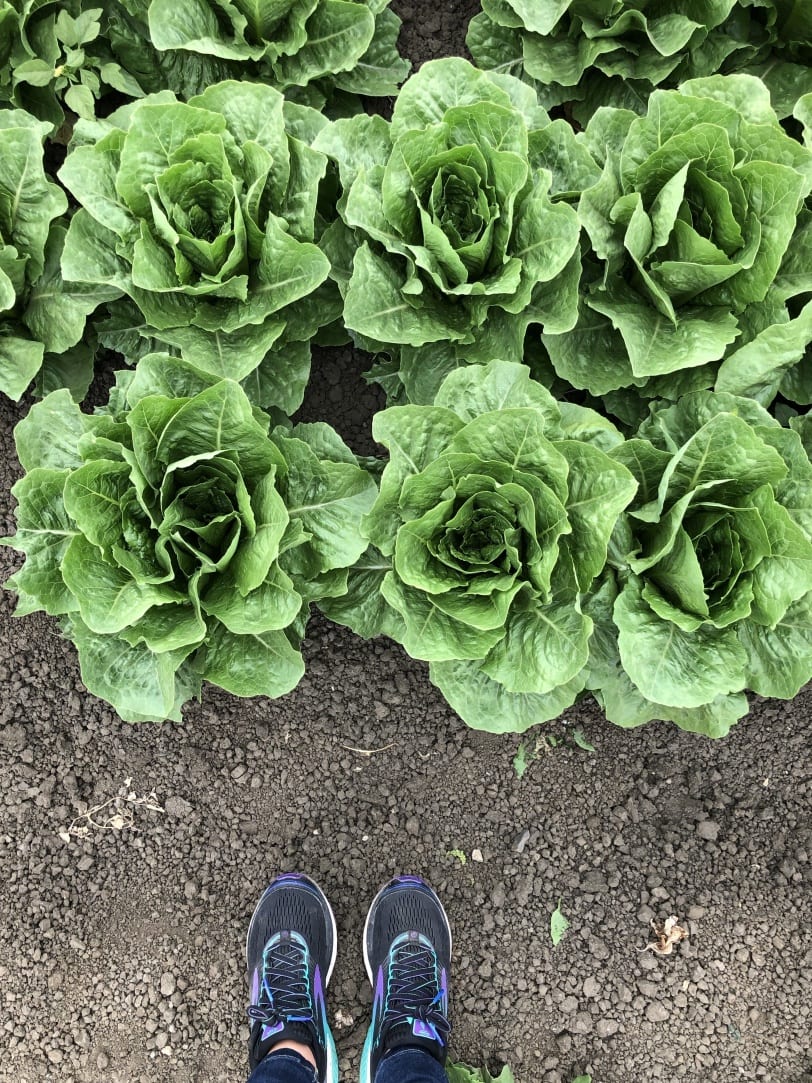
The Alliance for Food and Farming (AFF) is a non-profit formed in 1989 which represents organic and conventional farmers of fruits and vegetables and farms of all sizes. Their mission is to deliver credible information about the safety of produce, and this press trip was part of that!
Here are some of the main takeaways of the trip, plus some of the food and fun excursions I had with the fellow dietitians in attendance.
- Seeing ALL the farms.
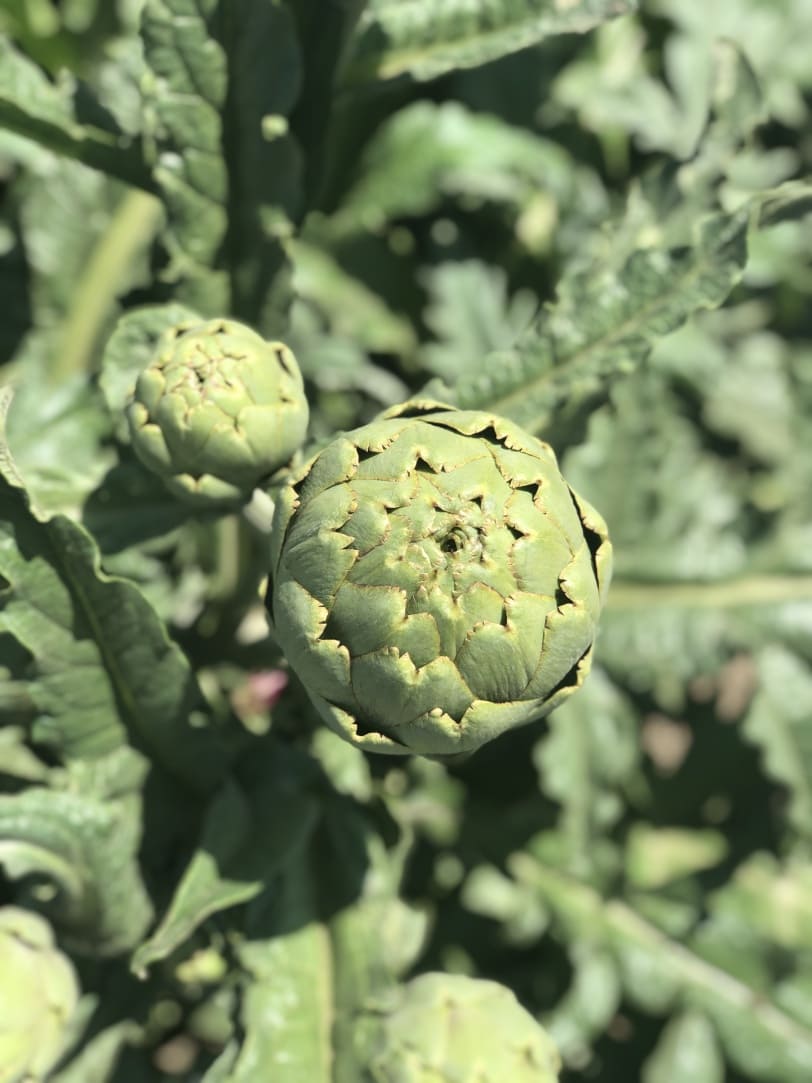
One of the press trip days was pretty much entirely dedicated to touring farms!
First up, we visited the strawberry fields, and got to enjoy some strawberries fresh from the field! I went on a press trip with the California Strawberry Commission back in 2014, so it was fun to be back. 🙂
Fun fact: strawberries are all hand planted, hand weeded, and hand harvested. It’s incredibly hard work – they are grown on raised beds to prevent moisture issues, but it still requires a ton of bending over for the workers.
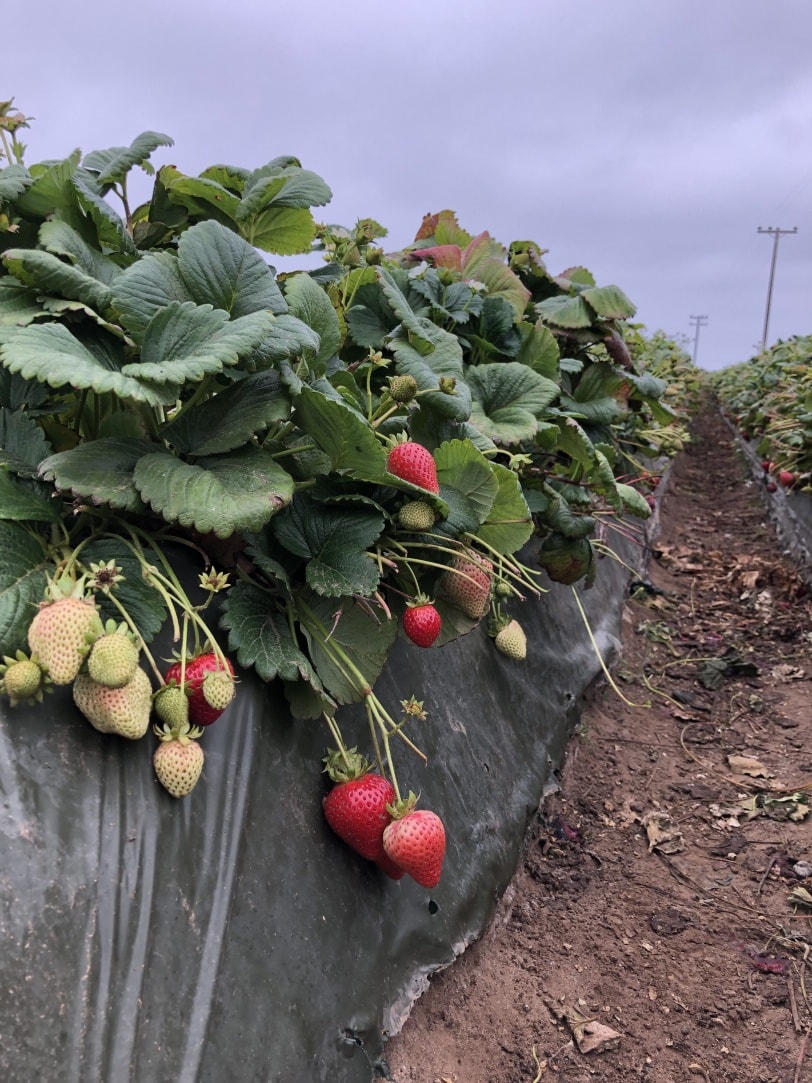
Strawberry plants continually produce new fruit throughout their season; during peak season the plants are harvested every three days.
Apparently the plants produce really large strawberries earlier in the season, and then as the plants get “tired”, as they put it, they produce smaller berries. So those extra-large berries are not genetically modified, they are just the early fruit. 🙂
A couple tips for enjoying strawberries at home:
- Don’t wash your strawberries until you are ready to eat them. Put them in the fridge when you get them, then just take out the amount you want to eat, wash them, and eat immediately. If you wash them and then put them back in the fridge they are likely to spoil more quickly!
- Berries are most flavorful when at room temperature, so take them out of the fridge about 30 minutes before you want to eat to let them warm up a bit.
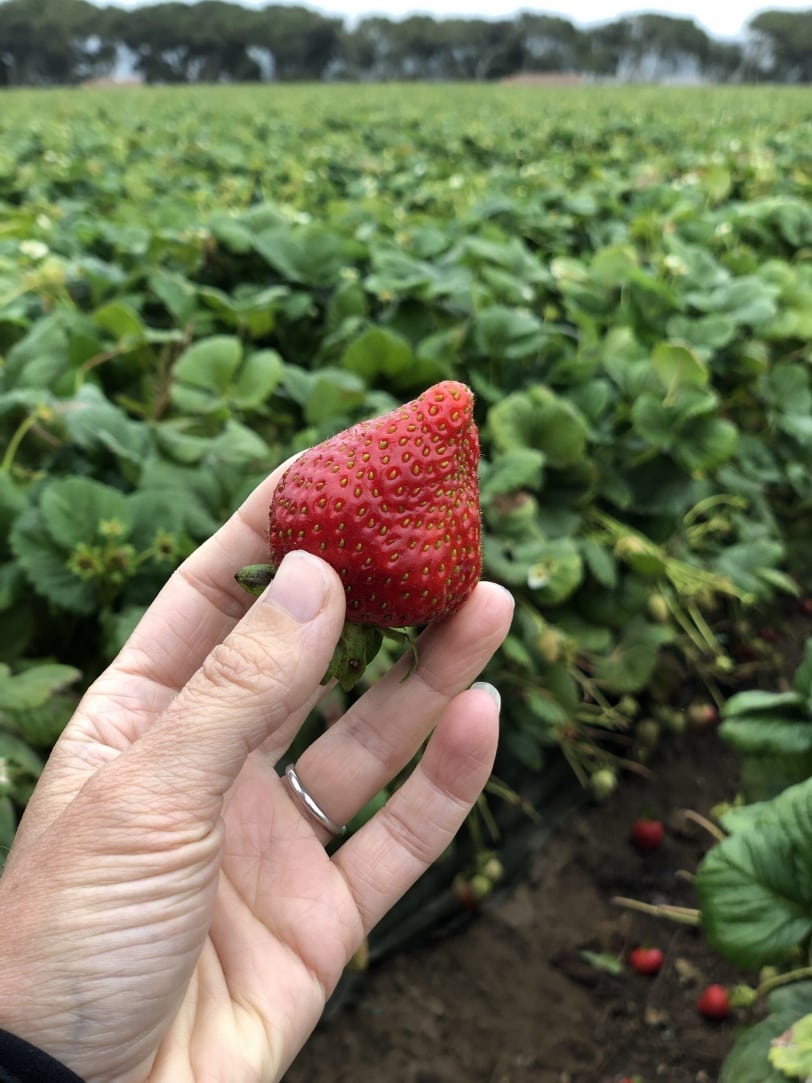
We also saw some gorgeous romaine fields!
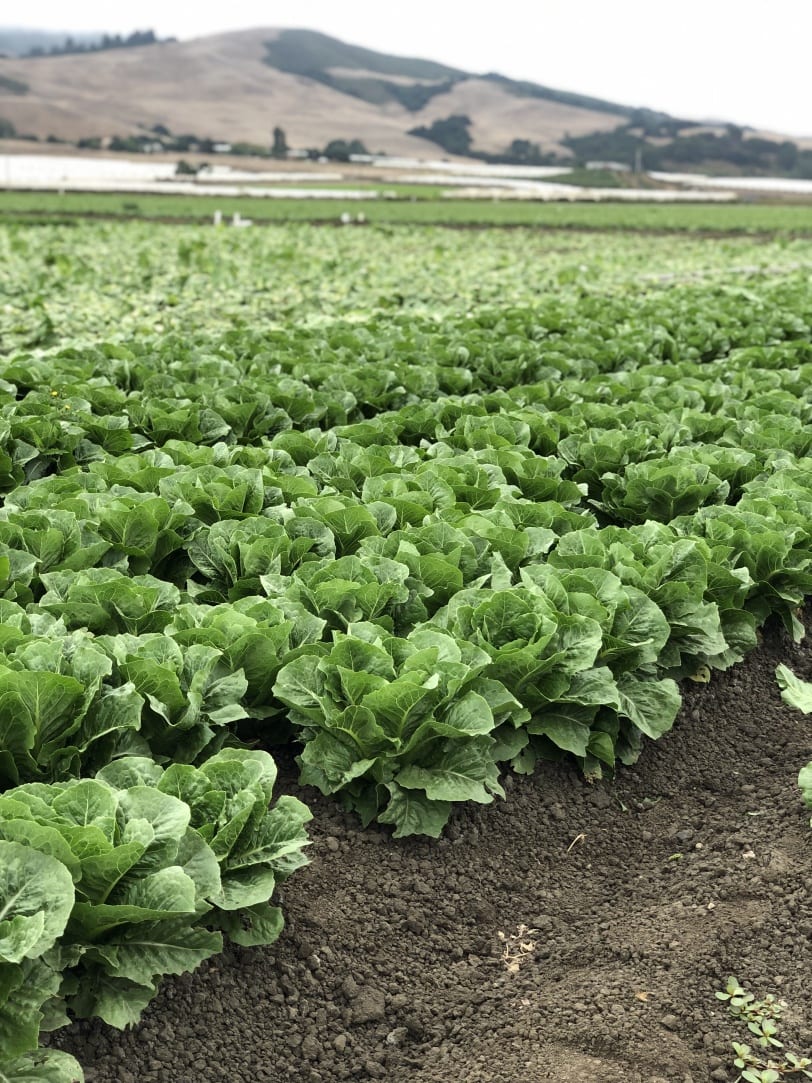
We were there when their harvesting machine was doing its thing (with workers ready to sort the produce once on board), which was cool to see because it cuts the romaine with jets of water. Neat, right?
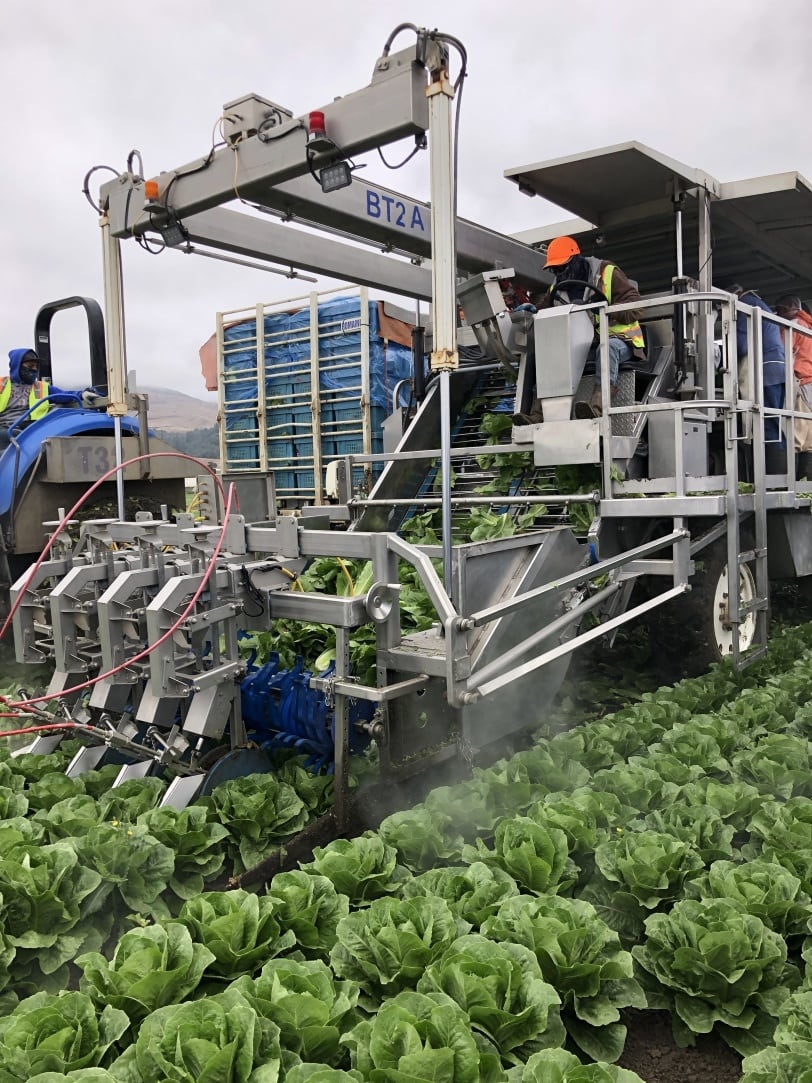
Next up was a celery field, which I’d never seen before.
The biggest takeaway here was how lovely it smelled, and how skilled the workers are. They hand harvest the celery with a special sort of machete that allows them to quickly dig it up from the ground with the end and then chop the celery with the main blade.
The farmer told us that the workers can basically do this blindfolded and produce the exact right size celery to fit into the boxes every single time.
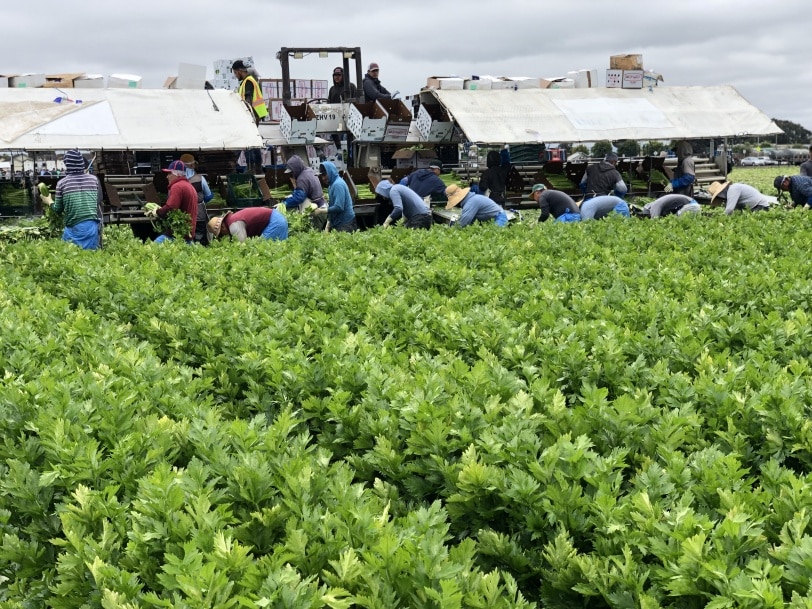
My favorite of the fields we got to tour, though, was the artichokes!
I’d never seen artichokes being grown before – beautiful.
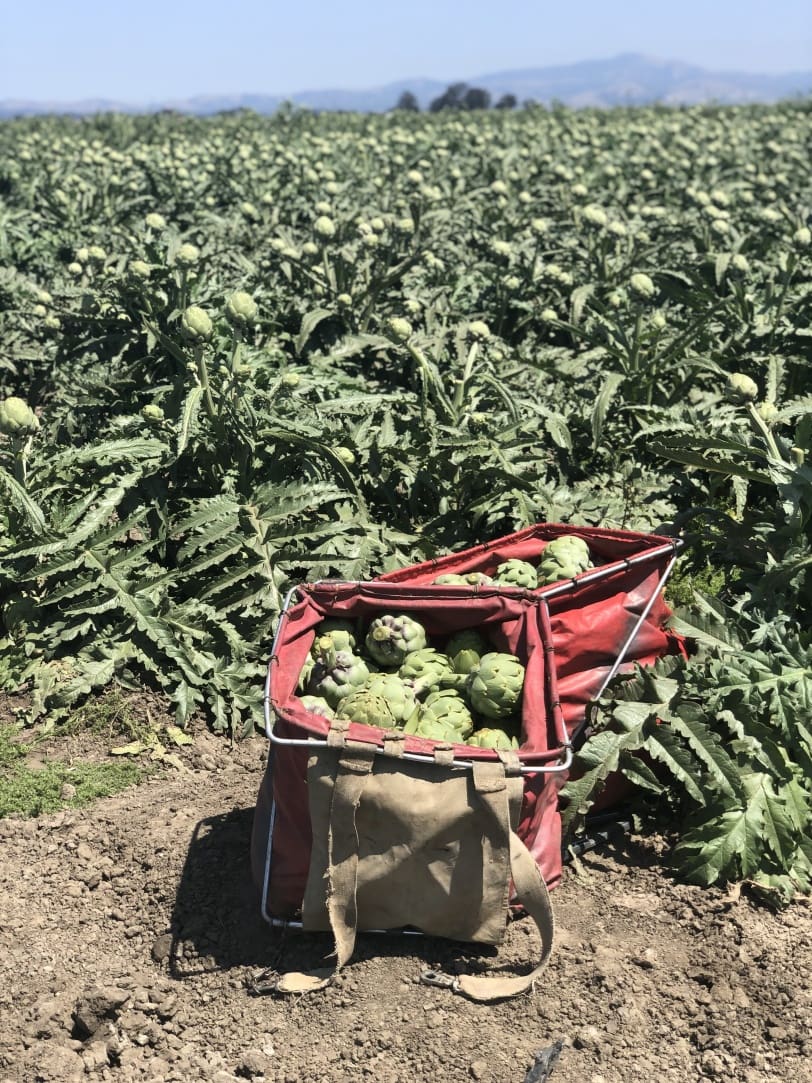
I have so much respect for the workers harvesting the artichokes – they walk through the fields tossing the artichokes into these packs, which can weigh up to 70 pounds when full.
They apparently walk up to 7 miles per day in peak harvest time – wow! Tough work.
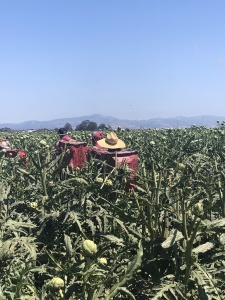
- An interesting round table discussion.
On Wednesday morning, we had a 3 hour round table discussion with a collection of experts in the food and farming industries. It was really interesting and I appreciated the opportunity to learn from them!
One thing we learned was that food waste is much more of an issue in homes rather than in fields. I actually read an article in the Food and Nutrition Magazine recently about food waste that stated that an estimated 43% of food waste in the U.S. is in homes. One of my goals over the next month is actually to get a compost bin/system set up at our new house now that we are settled – it’s something I’ve been wanting to do for ages and am going to commit to here so you guys keep me accountable!
In farming, there’s a big incentive to use everything you possibly can to save money, so the food waste is generally a lot lower than in the homes.
A lot of unused food on farms will go towards animal feed, or simply be tilled back into the land to enrich the soil. That was the case at most of the farms we visited, like the celery farm – all of the leftover celery and leaves will get incorporated back into the soil, so it’s certainly not wasted.
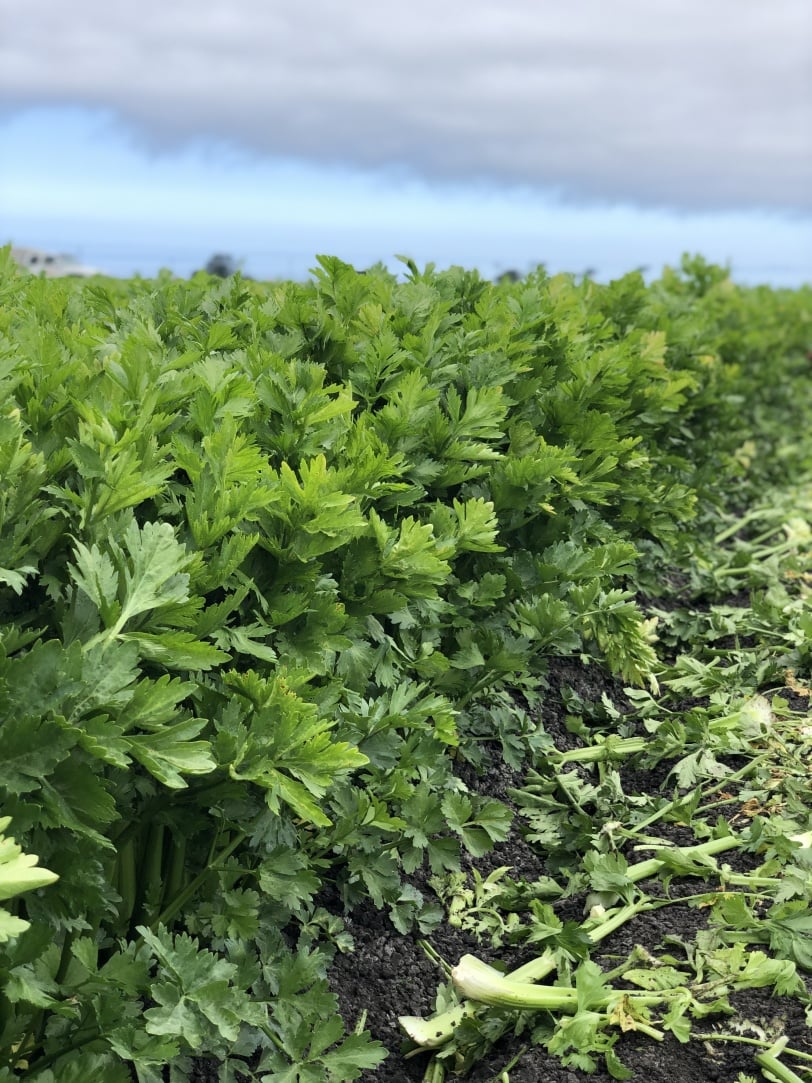
Often many packaged food innovations come out of not wanting to waste food, too – for example if the demand is lower, and the food is frozen instead of sold fresh. Or, cauliflower rice apparently started because there were a bunch of crumbs left over when processing/slicing cauliflower, and someone got smart and packaged it.
Another thing we discussed during the round table was the importance of reminding consumers that eating conventional (non-organic) produce is better than eating none at all.
Studies have shown that fear-based produce safety messaging confuses consumers and may result in reduced purchasing of
any fruits and veggies – organic OR conventional. (source) This is not good, especially since only 1 in 10 Americans eat enough fruits and vegetables each day, according to the Centers for Disease Control. (source)
Dr. Carl Winter, who spent the past 30 years at the University of California at Davis researching the detection of pesticides and naturally-occurring toxins in foods (and who notably avoided ever taking any industry funding so as not to have any potential bias), talked to us more about pesticides, which was fascinating. (Here’s a link to one of his big studies/projects re: pesticides for more info.)
Bottom line: purchasing organic produce does slightly reduce your exposure to pesticides (although there are still some organic-approved pesticides that are used), but it does not result in any appreciable reduction of consumer risk because even with conventional produce our typical exposure amount is still FAR less than the amount needed to cause any adverse effects. (source/more info)
If you’re worried, the FDA says washing produce under running tap water reduces and often eliminates pesticide residues if they are present on fresh produce. So wash away! (source)
I purchase organic food as often as I can because it’s important to me to support the organic farming industry for a number of reasons (especially when related to dairy and meat due to how the animals are treated and the land is managed, but I often purchase organic produce when available as well). But sometimes organic isn’t available, or it’s cost-prohibitive, and it’s far more important to still eat those fruits and veggies, rather than skip them altogether because they are conventionally grown.
The Alliance for Food and Farming has a pesticide calculator on their website that may be useful for those of you looking to learn more about this.
- Spending time with fellow dietitians.
Okay, enough science and research talk – let’s get into some of the other adventures from the trip!
One of the highlights for me on press trips is always getting to spend some time with fellow bloggers and/or dietitians. This trip was all Registered Dietitians; some of us work in the blogging arena, while others focus more on traditional media, or on podcasting, etc. It was fun to get to know the others and to learn from them!
Here’s the whole crew:
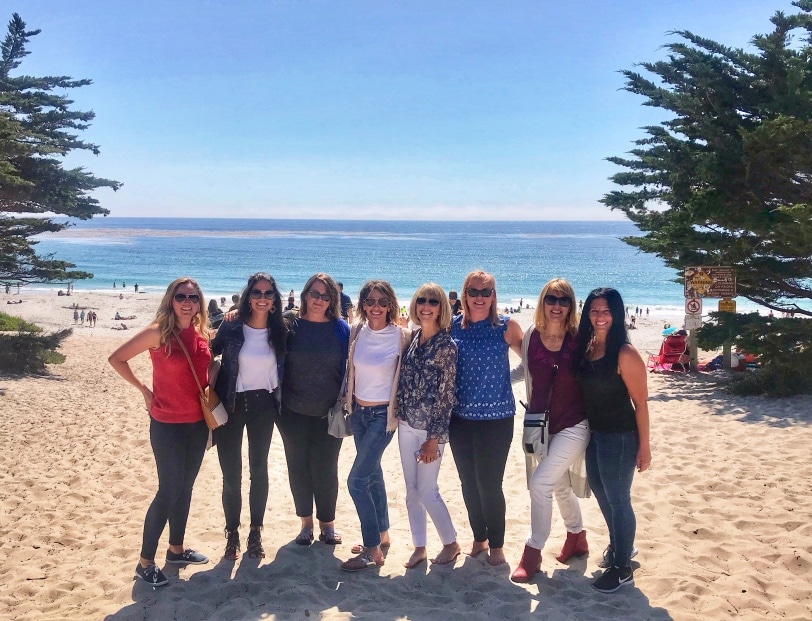
From left: me, Alexis, Carrie, Keri, Liz, Melissa, Sharon, Heather
We had a couple hours of free time both afternoons before dinner so it was nice to get out and explore the area a bit.
One of the afternoons, I led the others on another fun bike ride – the same one I did on Sunday with my friend Lauren – and it was such a treat to get to do it twice!
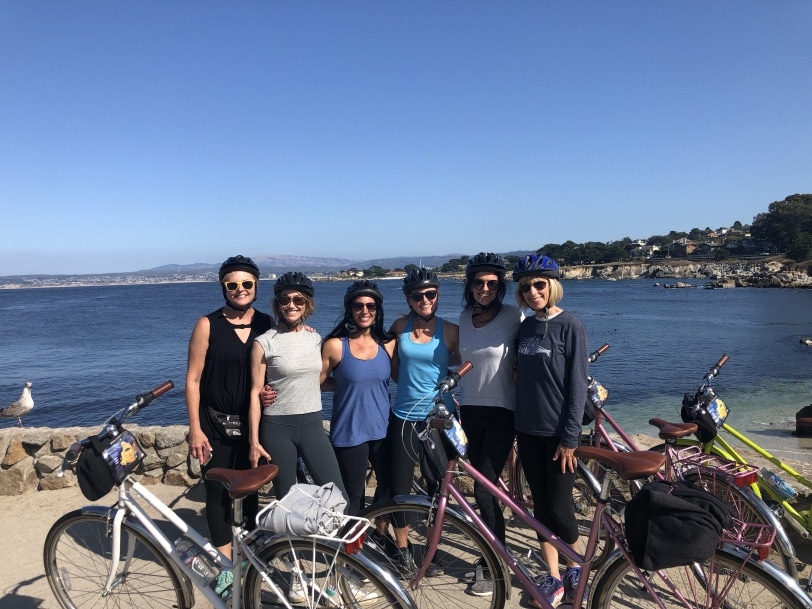
These views… insane.
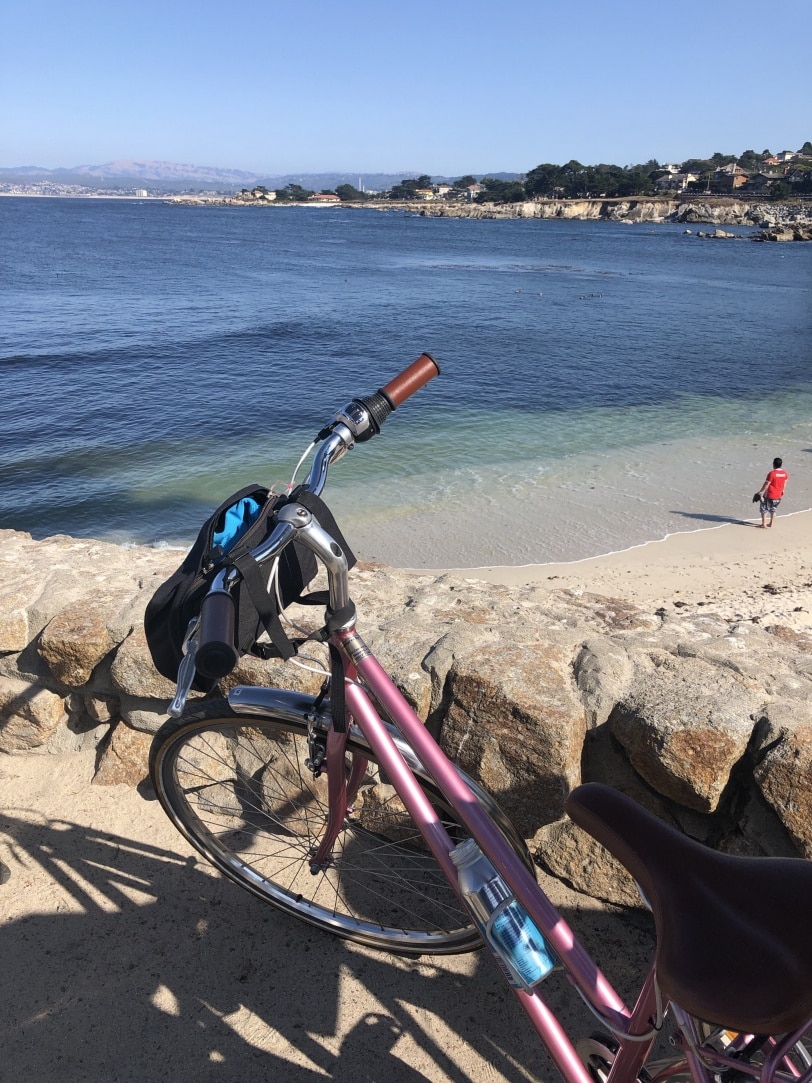
Like before, we biked from our hotel in Monterey south along the coast towards Asilomar State Beach. We didn’t make it quite as far as I did the other day because we had to get back for dinner, but it was really fun.
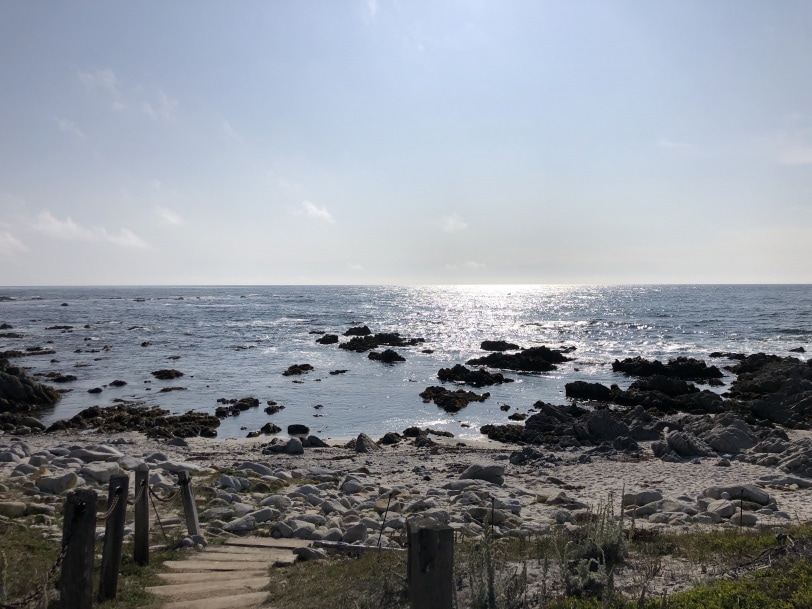
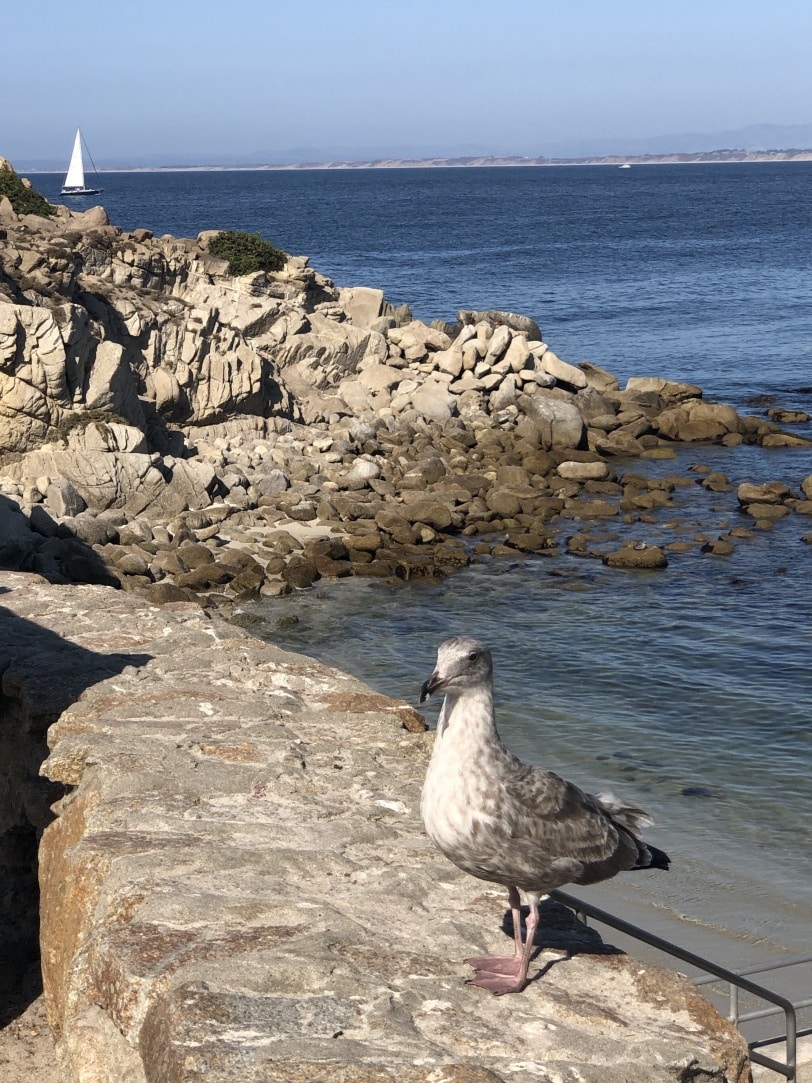
Another big highlight was dinner in the Monterey Bay Aquarium! Everyone raves about this aquarium and it did not disappoint.
We ate dinner in the “Kelp Forest” – cool!
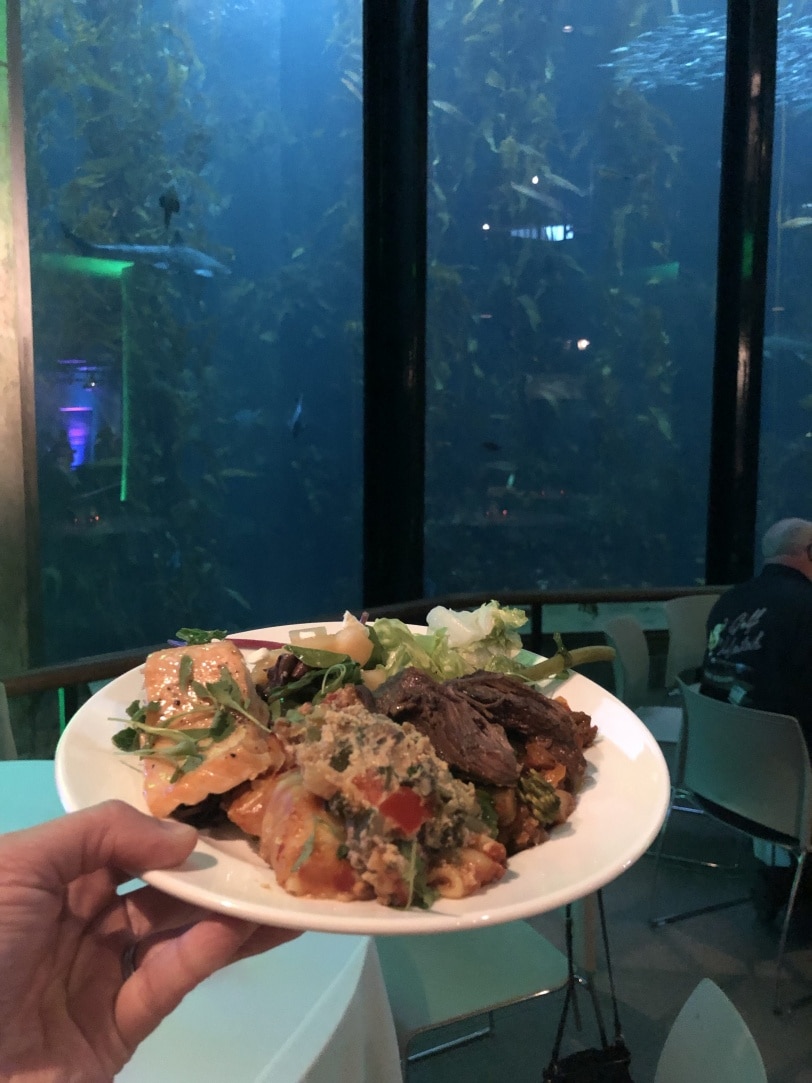
The views from the outside were gorgeous, too.
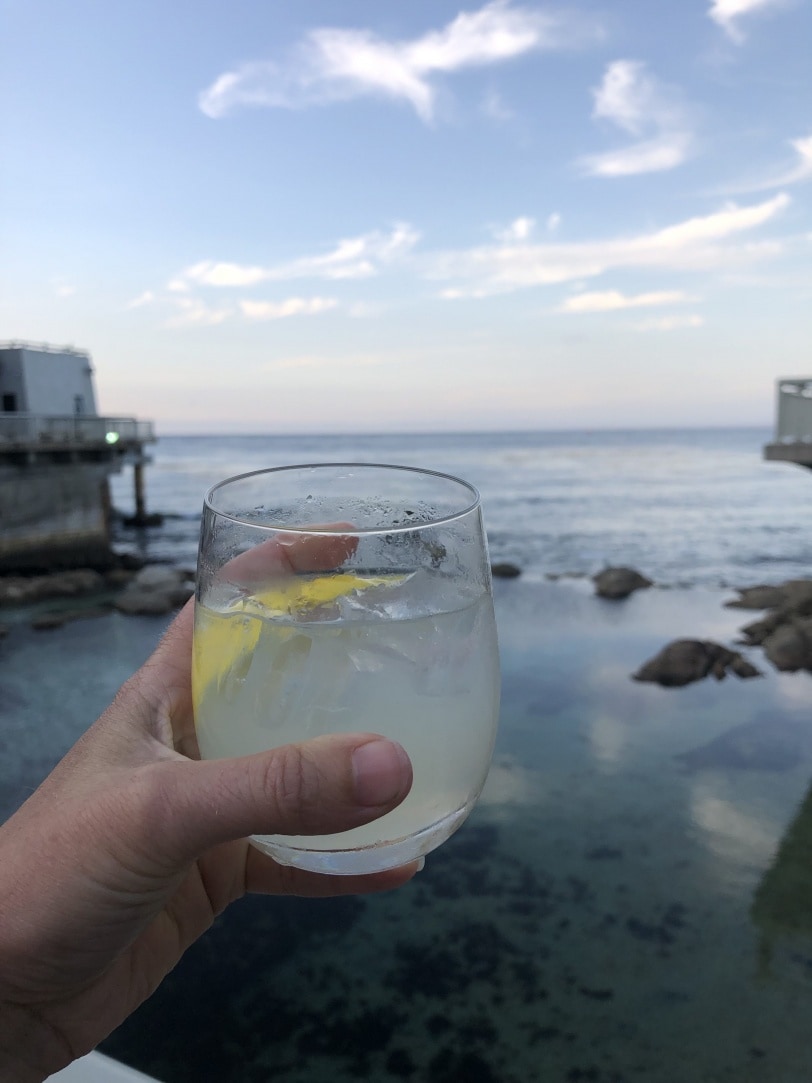
With my friend Alexis – so fun to get to spend some time with her this week!
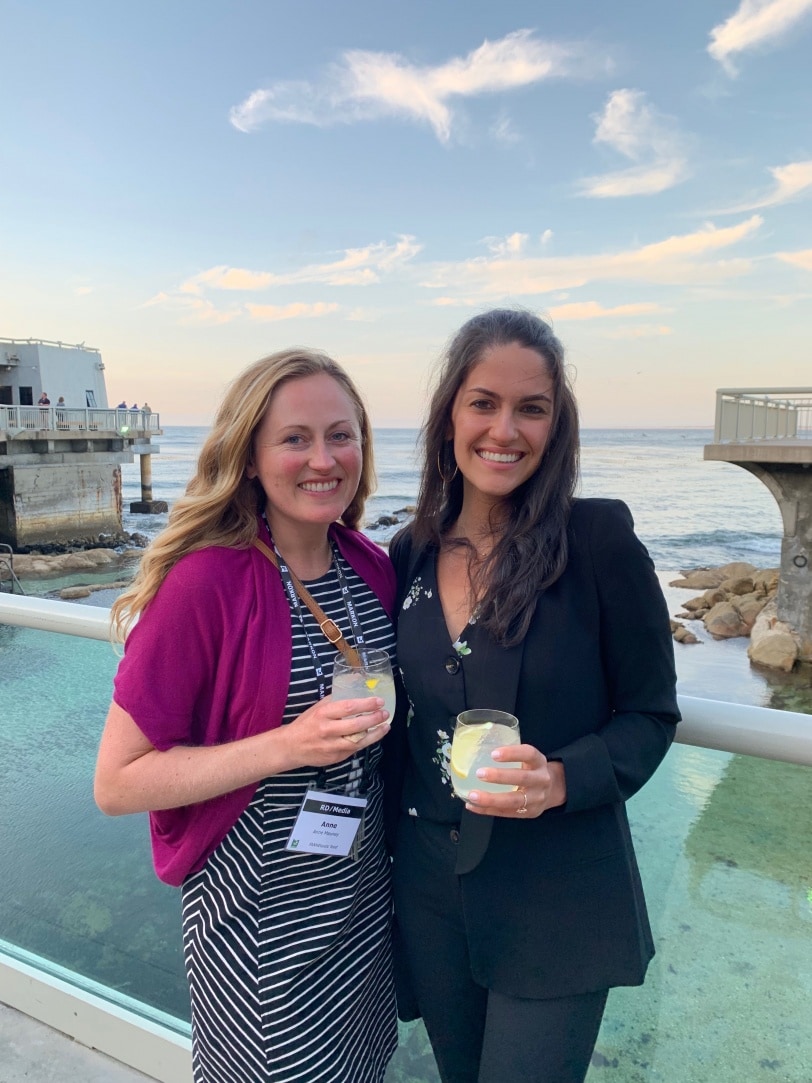
The whole group of us also headed over to Carmel By the Sea for a late lunch on Wednesday – we went to La Bicyclette, which was lovely.
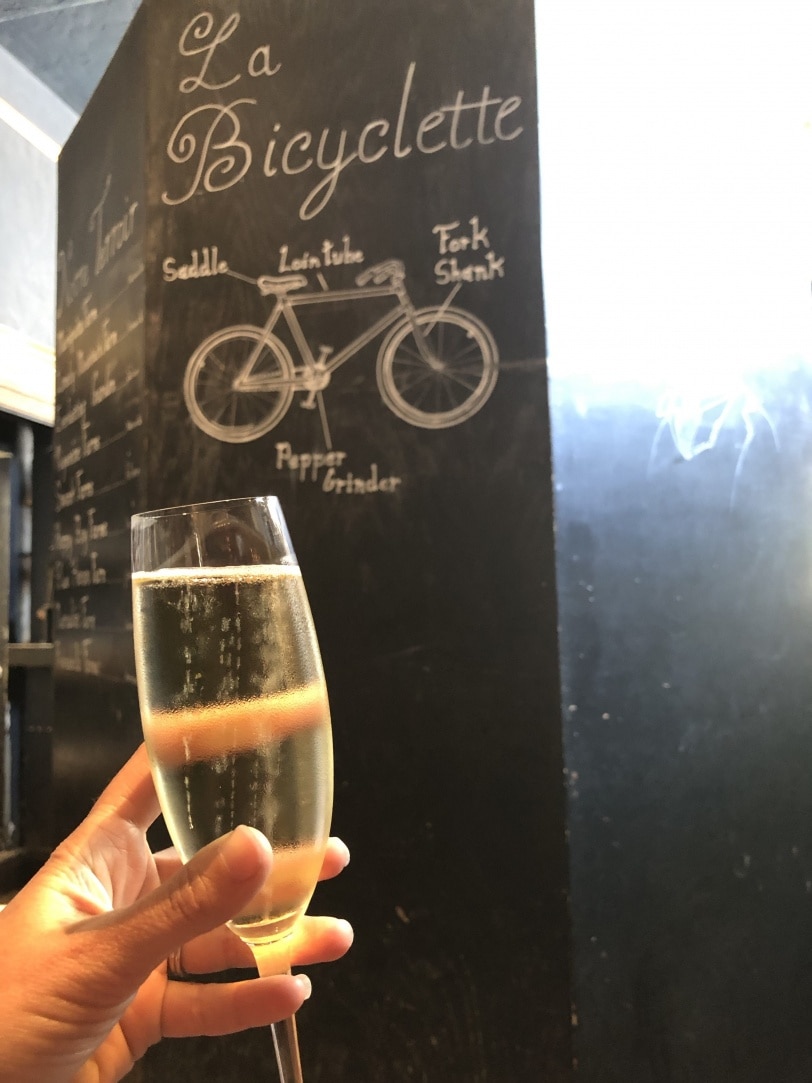
Prosecco, salad and pizza hit the spot!
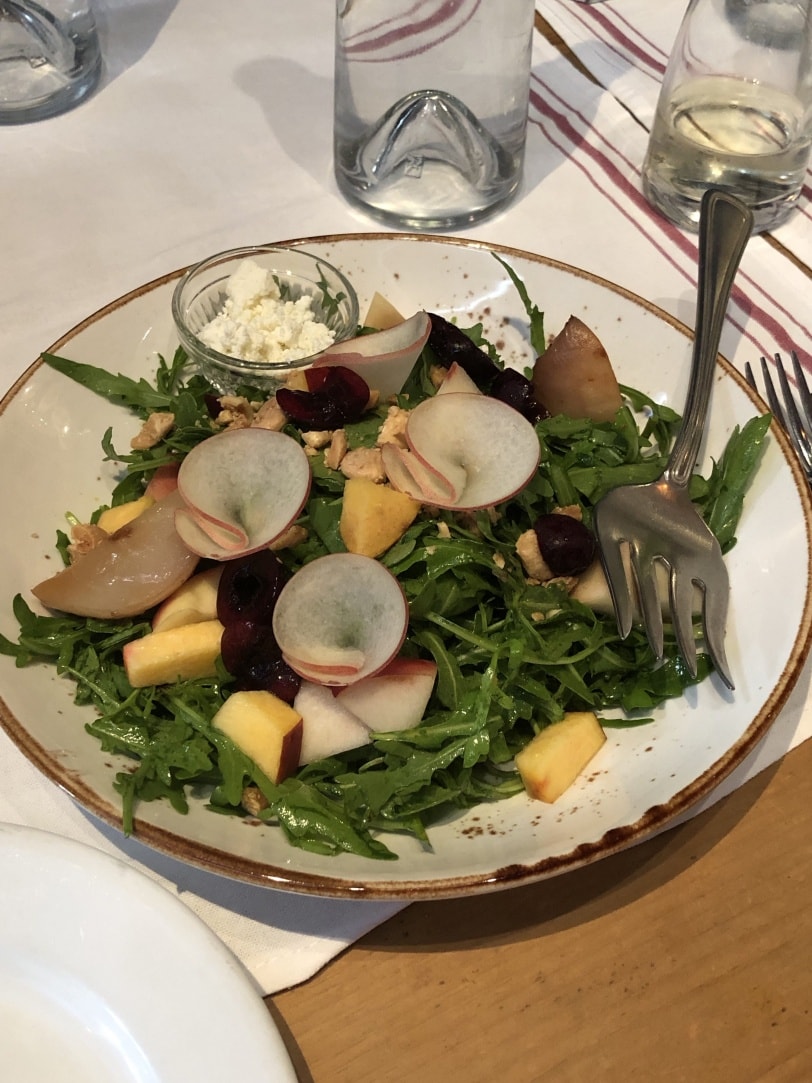
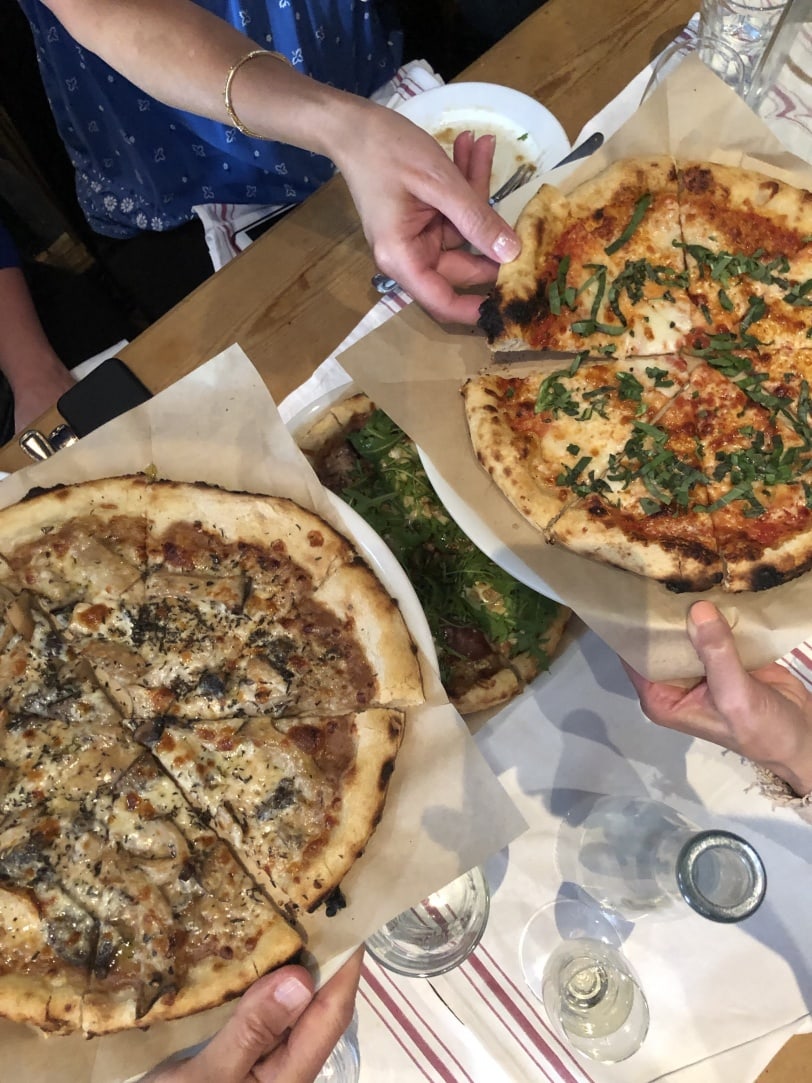
It was a busy but really informative trip. 🙂
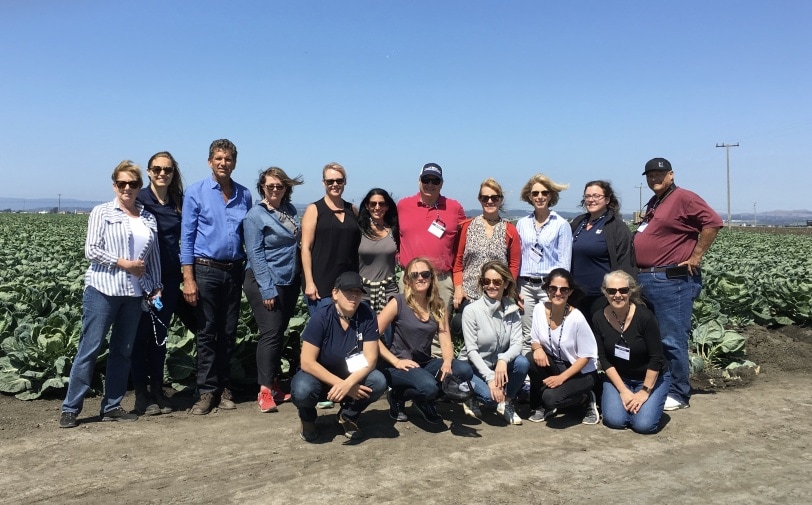
Have a nice day, and I’ll see you guys back here on Friday with some eats + exercise from the week!


